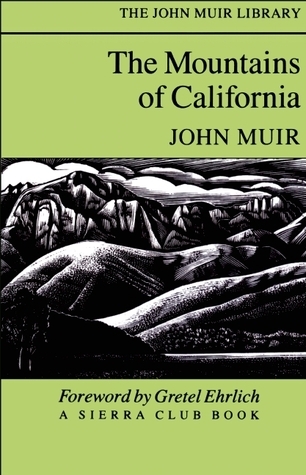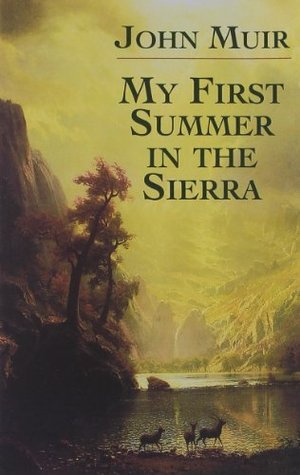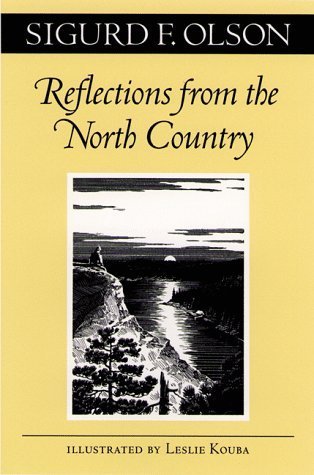
The Mountains of California
Book Description
Nature's grandeur calls. In "The Mountains of California," John Muir unveils a breathtaking world where towering peaks meet ancient forests, and the spirit of wild adventure thrives. Experience the pulse of untamed landscapes as Muir reveals their beauty and fragile ecosystems, igniting a profound yearning for preservation. Every page echoes with the roar of cascading waterfalls and the whisper of rustling leaves, driving home the urgent need to protect these stunning realms. Will the majesty of the Sierra Nevada endure, or will it succumb to the relentless advances of civilization? Discover the fight for nature's soul—can we rise to defend what truly matters?
Quick Book Summary
In "The Mountains of California," John Muir combines lyrical prose and scientific observation to celebrate the wild majesty of California’s Sierra Nevada. Muir details the region’s towering mountains, glaciated valleys, lush meadows, and ancient forests from a naturalist’s perspective, sharing his personal adventures and deep reverence for wilderness. He skillfully weaves together descriptions of flora, fauna, geology, and weather with vivid anecdotes from his journeys, emphasizing the interconnectedness of all living things. Muir’s passionate advocacy for preservation underlies every page, as he challenges readers to consider their role in protecting such landscapes. Ultimately, the book is both a love letter to unspoiled nature and a timeless call to environmental stewardship.
Summary of Key Ideas
Table of Contents
Exploration and Discovery of Sierra Nevada
John Muir’s journeys through the Sierra Nevada unveil a landscape of unparalleled beauty and diversity. His explorations take him across granite peaks, through wildflower-filled meadows, and into deep forests where ancient trees stand as silent witnesses to millennia of history. Muir’s firsthand encounters are recounted with a sense of wonder and reverence, revealing both the grandeur and the subtle intricacies of nature. He treks over glaciers, beds down in remote valleys, and braves storms—experiencing firsthand the dynamic forces that shape this rugged terrain.
Interconnectedness of Ecosystems
A central theme is the interconnectedness of the Sierra’s ecosystems. Muir demonstrates how the water cycle binds the region’s rivers, lakes, and glaciers into a cohesive whole, nourishing plant and animal life in delicate balance. He describes interactions between species—bees, squirrels, and deer—each having a unique role in the mountain tapestry. Muir’s scientific curiosity leads him to examine geological processes, noting the effects of glaciation in carving the valleys and forming the distinctive mountain scenery.
The Power and Beauty of Natural Landscapes
Muir’s writing masterfully captures the power and beauty of these landscapes. His poetic prose evokes roaring waterfalls, shimmering granite spires, and tranquil woods. He pays particular attention to the sensory details of wilderness, describing sunlight filtering through towering pines and the “transparent, tingling air.” Muir’s enthusiasm invites readers to see the mountains not only as scenic wonders, but as living entities full of vitality and energy—places that foster renewal and inspire awe.
Advocacy for Preservation and Conservation
A strong undercurrent of advocacy runs through the book. Muir warns against the unchecked advance of civilization and resource exploitation, observing how logging, mining, and livestock threaten the Sierra’s fragile habitats. His observations form an early, compelling argument for conservation and the creation of protected areas like national parks. He urges readers to recognize the intrinsic value of wild places, not merely as resources but as vital parts of our shared heritage.
Human Connection to Wilderness
Throughout, Muir reflects on the profound spiritual and emotional connection humans can experience with wilderness. He stresses that immersion in nature enriches the soul and sharpens the senses, helping people see themselves as stewards—rather than conquerors—of the land. "The Mountains of California" endures as a seminal work, inspiring generations to appreciate, explore, and defend the wild majesty of America’s mountains.
Download This Summary
Get a free PDF of this summary instantly — no email required.





